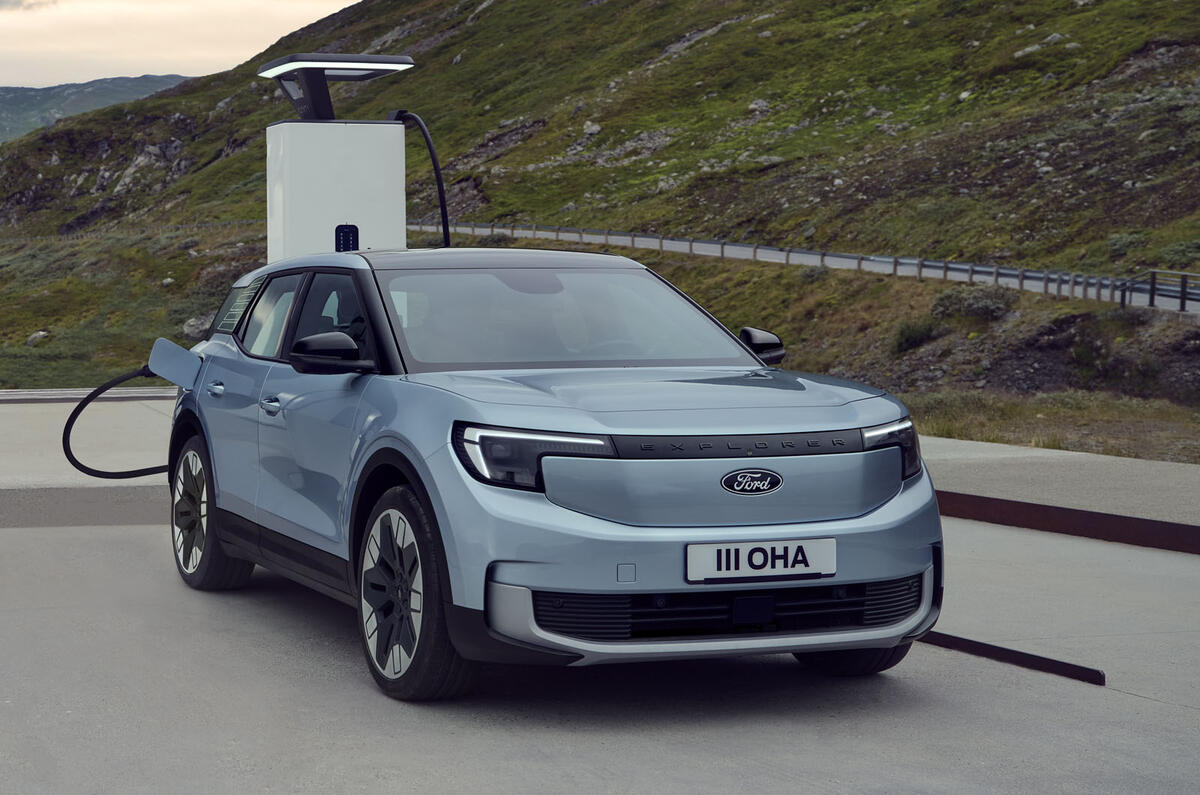Ford had planned to start production of its Explorer electric SUV in Germany late last year, but then came the order from CEO Jim Farley himself: wait.
The six-month pause allowed the company to switch to using lower-cost, higher-durability lithium-iron-phosphate (LFP) batteries sourced from China's CATL.




Add your comment